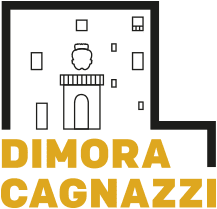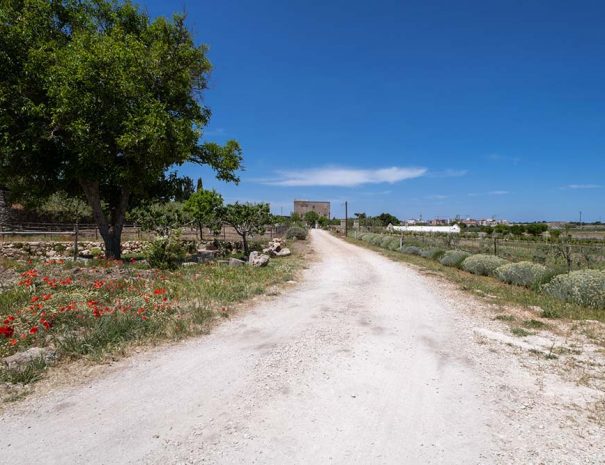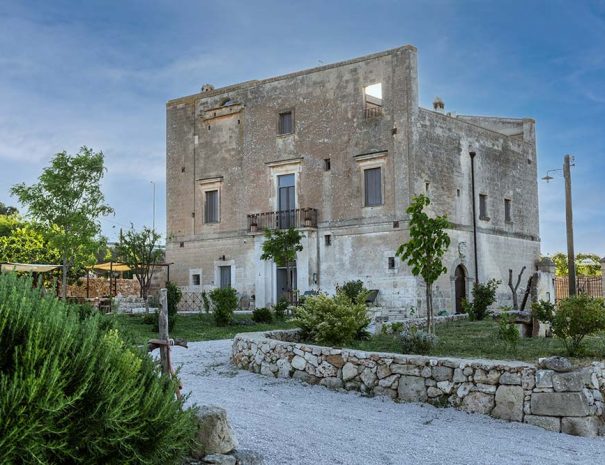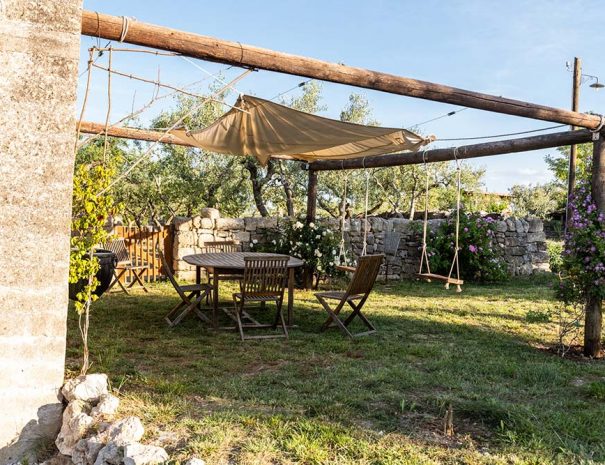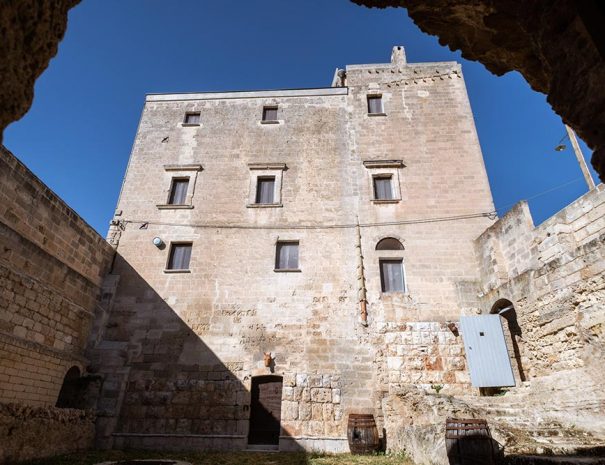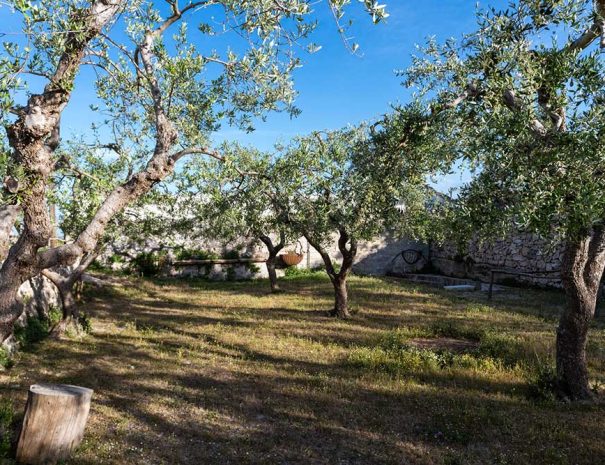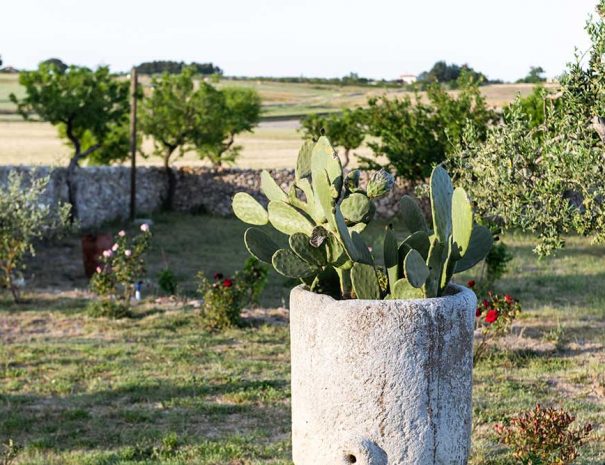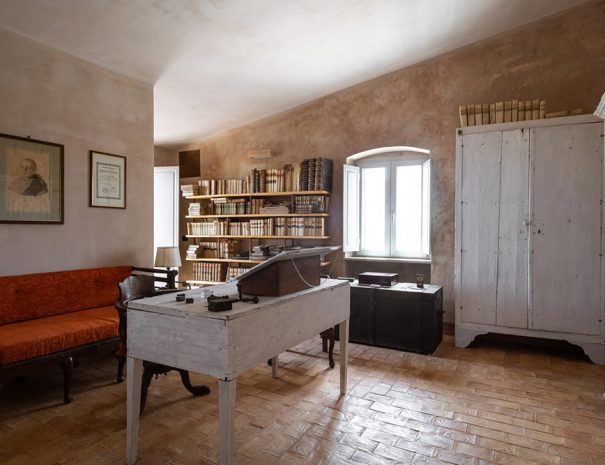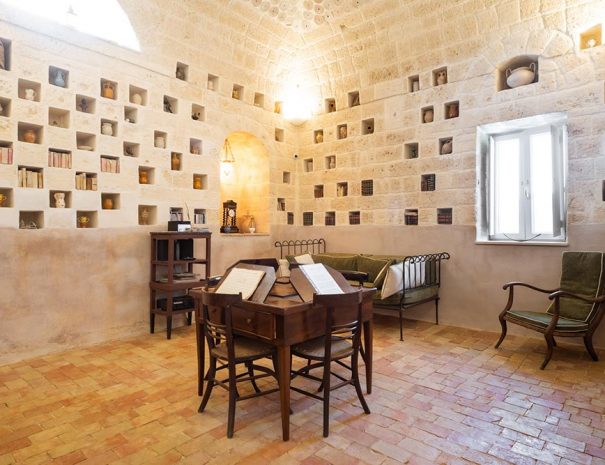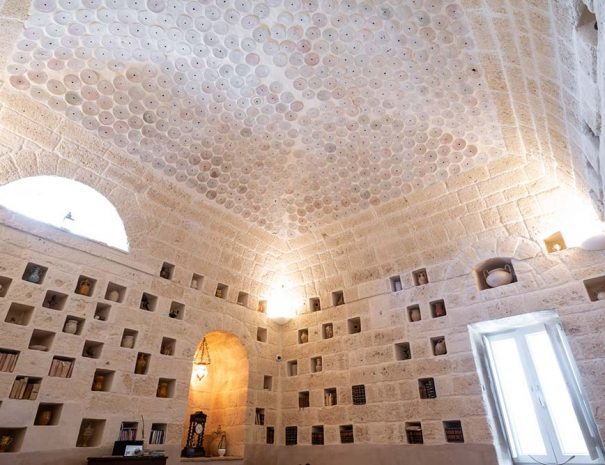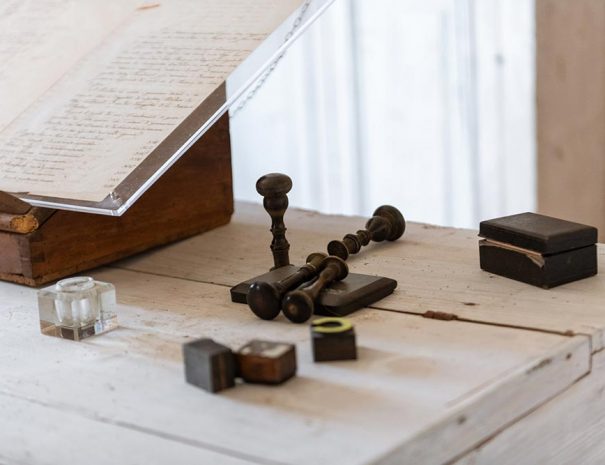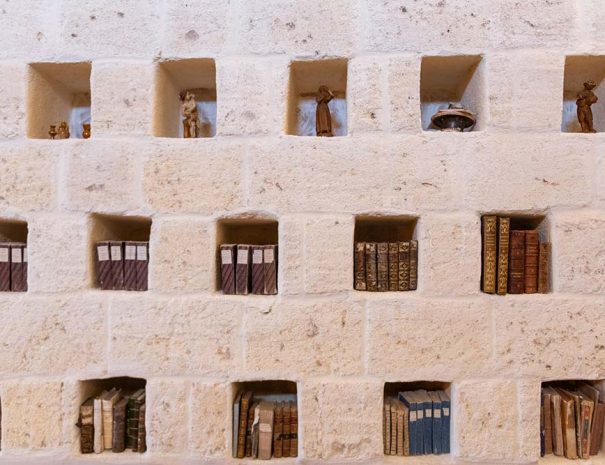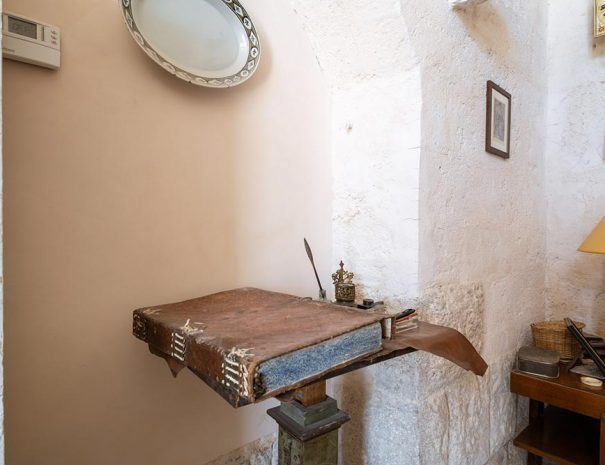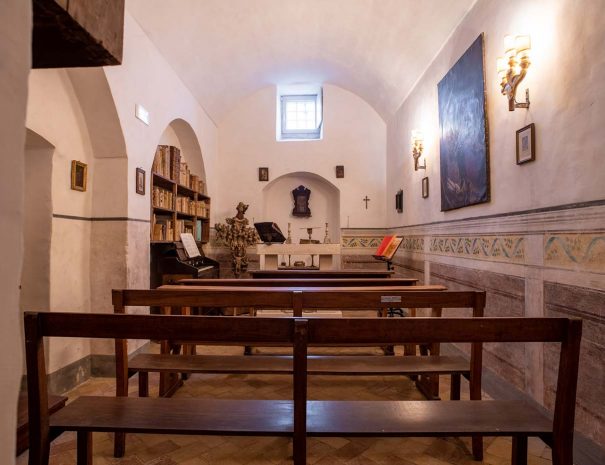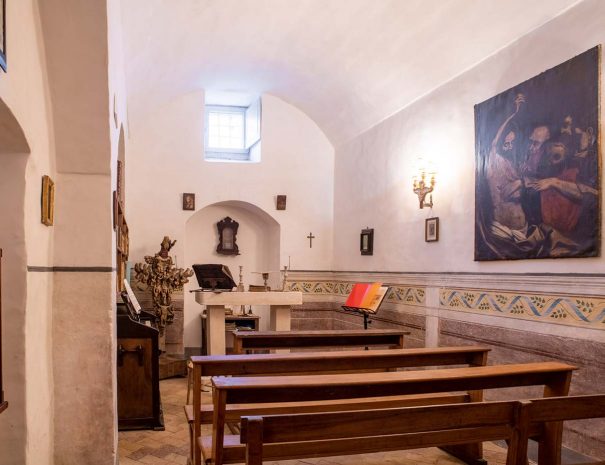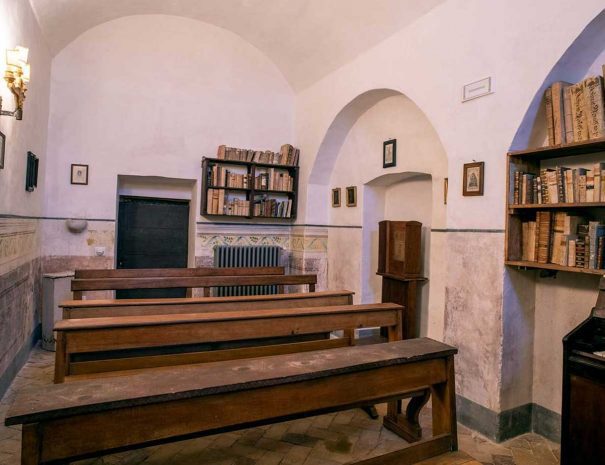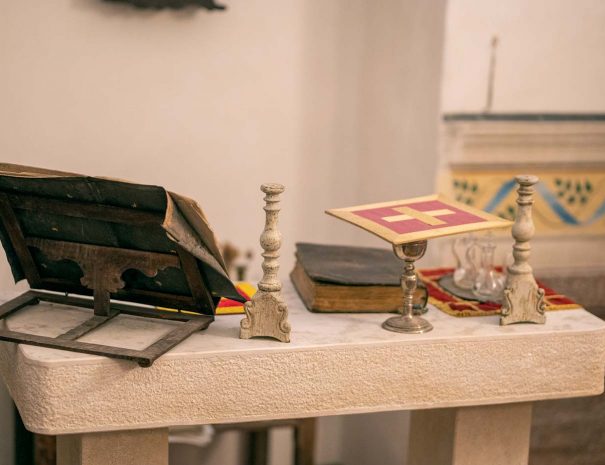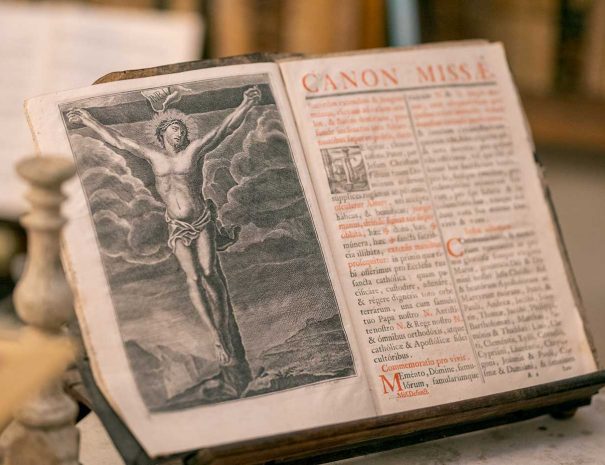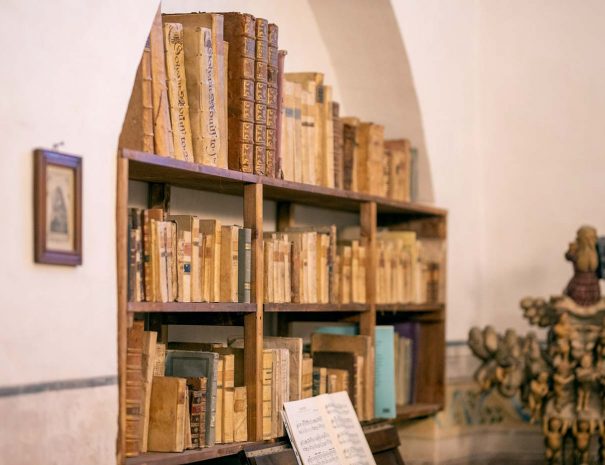Residence
Lama Buccerii in contrada S. Tommaso
Benvenuti nella nostra Dimora Storica
“At the beginning of the adventure of the recovery of this structure in 2015, the dry stone walls that encircled it were for the most part uneven. The caves were blocked by material of all kinds and by waste, spilled by unknown persons over the years. The first heavy task was to rebuild the dry stone walls, a valuable feature of the area and to free the caves. Already in these first operations, while the excavator was taking out the waste, wonder and curiosity grew out of all proportion. The testimonies of the past began to reappear. The interior of the structure, without electrical and water systems, did not disappoint expectations. After 150 years of neglect that slowly left the house, antique furniture, furnishings, kitchen, clothing and many other things reappeared.”
STORIA
Dal VI sec a.C. al 1700
The Cagnazzi Historic House is in Altamura, and is property of Domenico Rajola Pescarini, descendant of Luca de Samuele Cagnazzi who was a religious person, politician and illustrious scientist from Altamura, who lived between the 18th and 19th century.
The property includes:
– The Dimora Cagnazzi (now also used as a B&B / Holiday Home)
– Five hypogeal complexes
– Two icehouses
– Granaries
– A majestic trullo
– An ancient furnace
– Areas with vineyards, olive groves, vegetable gardens and farmyards for donkeys, rabbits, hens and sheeps.
– Hives for beekeeping
Between the VI and IV centuries B at the time of the Magna Graecia, this place was used for the construction of a vast necropolis whose tombs were dug out in limestone; The name of the place Lama Buccerii, refers to the existence of a slaughtering site which must have included grazing areas for animals, caves, cisterns for rainwater or small bodies of water (locally called lakes) for the watering of animals. Perhaps, near the slaughterhouse there were tanneries for the first treatment of hides. These five underground complexes could have arisen to support the slaughtering activity. From these caves, and from others nearby, began the development of an intricate system of quarries. Most of the stone material used for the construction of the Altamura houses was extracted from these caves; the two icehouses are a testimony of an activity of great importance: the ice trade and the ancient cold chain.
A private chapel built in 1790 is attached to the dwelling. By order of the king, a plaque with an inscription was put up on its entrance, warning against granting asylum to strangers.
Adriana e Mimmo
Adriana e Mimmo si sono avventurati nella valorizzazione della Dimora Cagnazzi e delle sue pertinenze spinti dal desiderio di conoscenza di questo patrimonio storico di immobili, arredi, suppellettili, libri la cui importanza è rimarcata dall’emozione che suscita in chi lo ammira. Il principio che sin dall’inizio hanno adottato i due coniugi è quello dell’assoluto rispetto per questo luogo, per i suoi arredi -faticosamente e con grande amore restaurati- i suoi libri e la documentazione archivistica che contribuiscono alla ricostruzione storica di Altamura e della figura del Cagnazzi. Ciò li ha portati a perpetuare l’uso abitativo privato della proprietà nonché la promozione di eventi culturali di spessore, e a convertire la proprietà per determinati periodi in un Bed and Breakfast / Casa Vacanze.
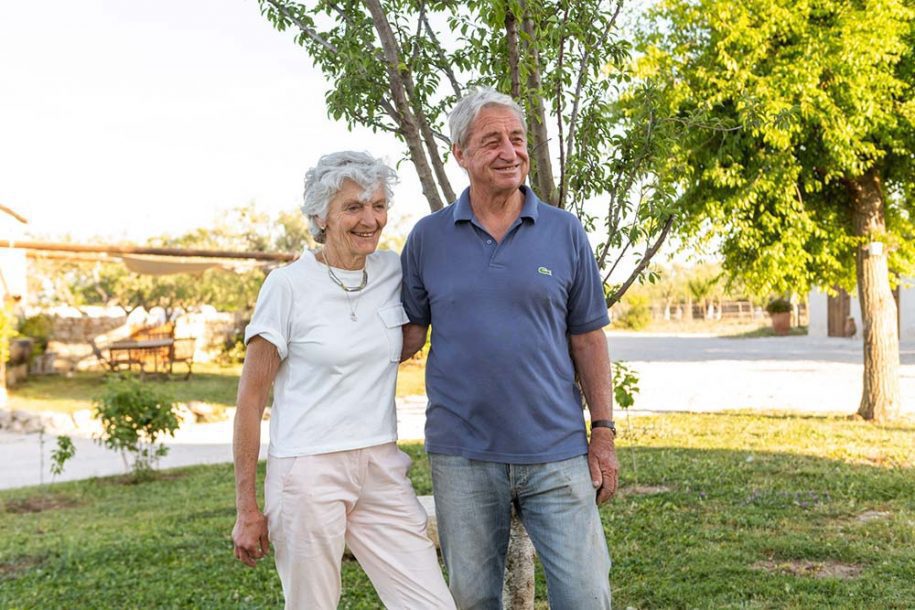
BIBLIOTECA STORICA
Today the building is about two hundred meters from the city of Altamura. According to the customs of its time, it was used by the Cagnazzi family as a place for study and meditation.
Inside it was kept, and is still preserved, part of the library that contributed to the cultural formation of the Cagnazzi. It includes about two thousand volumes, including some sixteenth-century incunabula.
The rooms of the historic mansion are elegantly decorated with original furniture and furnishings.
In the dovecote tower, currently used as a music room, was placed a table with four lecterns. This piece of furniture was mainly used by Giuseppe Cagnazzi, brother of Luca and a passionate musician who loved to surround himself with the best masters of the time, including Vincenzo Bellini. The two brothers were great admirers of Saverio Mercadante, who was also from Altamura. Luca worked hard to guarantee him a place at the Naples Conservatory.
CAPPELLA RURALE
In 1790 Giuseppe Cagnazzi asked and obtained the sovereign authorization to erect a rural church in his country casino. This building still maintains its original function today. The authorization decree imposes the obligation to affix a stone inscription at the entrance of the church which warns that refuge could not be sought in that place of worship.
SERVIZI
Uso Cucina
Nel Bed & Breakfast Dimora Cagnazzi è possibile condividere momenti di convivialità, anche su richiesta.
Parcheggio
È possibile lasciare il proprio veicolo nel parcheggio interno alla proprietà.
Wifi
In ogni stanza arriva il segnale Wifi, per poter navigare in piena tranquillità.
Zona Benessere / Bagno Turco
In uno degli ipogei, è possibile usufruire della zona benessere, il suo uso è incluso nel prezzo delle camere.
Stanze con Bagno privato
Tutte le camere della Casa Vacanze Dimora Cagnazzi sono dotate di bagno privato con finestra.
Dimora Didattica
La dimora è il luogo ideale anche per le famiglie, i bambini potranno interagire e conoscere animali in libertà.
Cambio biancheria
La Casa vacanze Dimora Cagnazzi effettua pulizia giornaliera, cambio lenzuola e asciugamani ogni 3 giorni o su richiesta.
Prodotti Locali
È possibile su richiesta, fare una degustazione di prodotti agricoli, dall'olio, al miele, ai legumi e tanto altro ancora.
